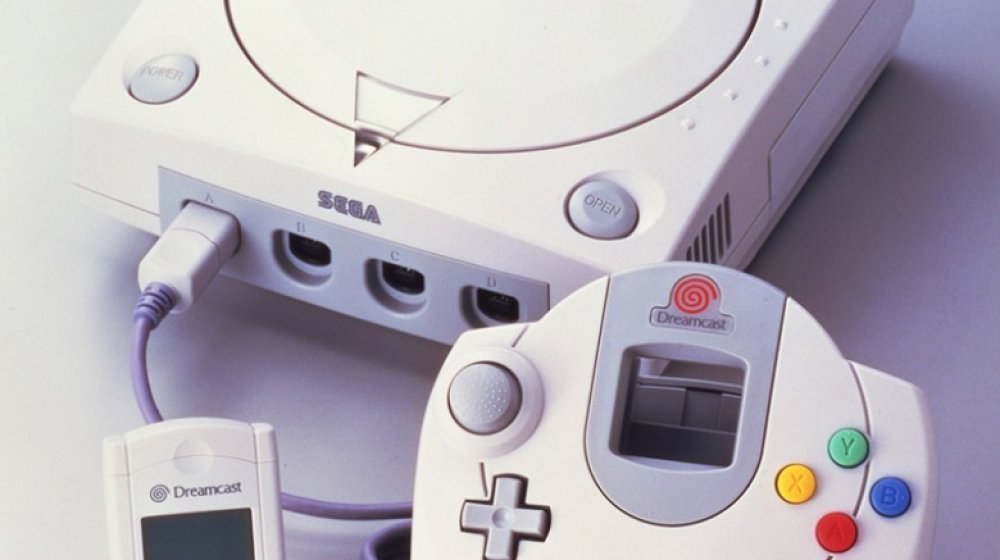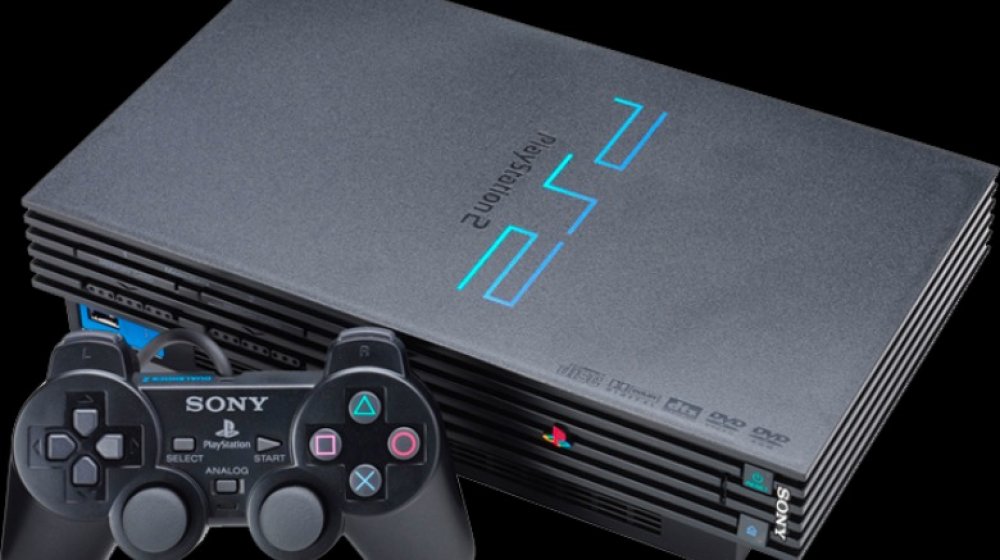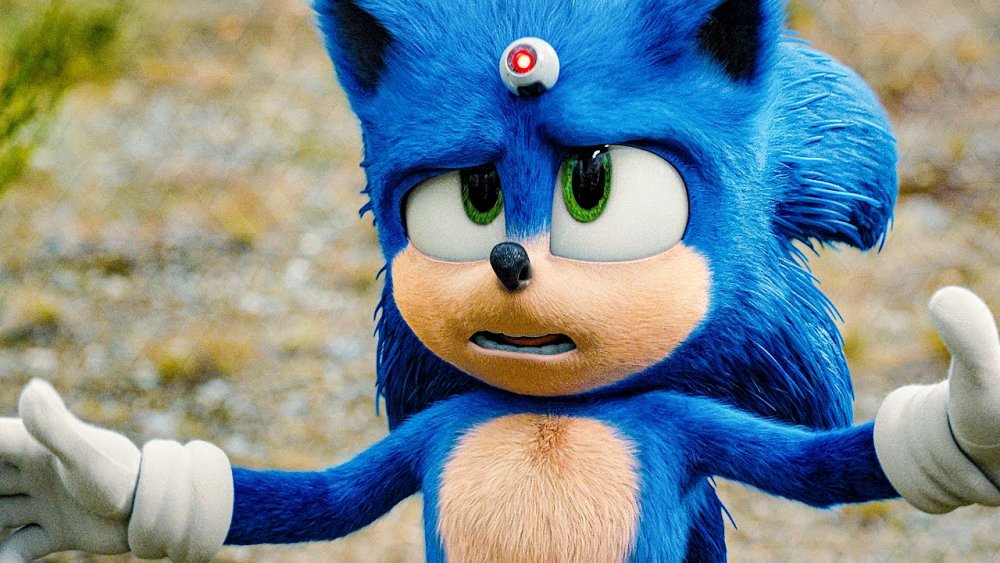The Real Reason The Sega Dreamcast Completely Failed
We may receive a commission on purchases made from links.
The Sega Dreamcast, for all its faults, remains a legendary console in the hearts and minds of its fans. Released in 1998 and 1999 in Japan and North America, respectively, the system featured some industry-pioneering firsts, such as the first standard built-in modem, and a memory card (Visual Memory Unit) with a screen. It also featured innovative titles that helped rewrite the rules of game design, including spectacular arcade ports and original open-world titles like Shenmue. Unfortunately, the Sega Dreamcast — even with its visionary controller and other advantages — did not last more than a couple of years. Afterwards, Sega decided to get out of the console business altogether and focus on making games as a third-party developer.
CBR calls the Dreamcast "one of the most underrated video game consoles in modern history," and Engadget claims "it changed the face of console gaming forever." It's easy to see why — it's now been more than 20 years since its release, and the Dreamcast remains influential. But how could such a highly praised machine fail so solidly?
The Dreamcast faced a number of difficult obstacles
From the start, the Dreamcast had an uphill battle to wage. Sega's previous console, the Sega Saturn, was also a flop thanks to a botched launch in 1995. That surprise release led to a too-small library of games and the opportunity for Sony to bring out its new PlayStation later that year with more third-party support and a lower price point. That existing reality didn't help the Dreamcast's momentum, but there were other issues that quickly became evident, as well.
One problem was the fact that Electronic Arts decided not to support the console due what it deemed "red flags" in Sega's hardware and business, according to a Gamasutra interview with former EA vice president Bing Gordon. Additionally, when the PlayStation 2 came out in 2000 with a DVD player — something the Dreamcast didn't have — it drastically cut into the Dreamcast's market share. The New York Times reports that Sega slashed prices for the Dreamcast as a result, which did not help its bottom line.
Another thing that didn't help: the Dreamcast's creators were focused more on the system than the games, and in the end less than 300 titles were released for the Sega Dreamcast in North America. Compare that to the Playstation 2, which in 2011 claimed a library of nearly 11,000 games.
Ultimately, the Dreamcast couldn't turn Sega's fortunes around
When Sega decided to stop producing the Dreamcast in 2001 — only about a year and a half after its U.S. launch — the Dreamcast had sold 6.5 million units worldwide, with 3 million of those in the U.S. That year, SFGate reported that Sega was expected to lose $202 million during the fiscal year, and it had been failing for some time by that point.
The publication also reported that, in the mid-1990s, Sega's hardware market share plunged from 50 percent down to less than one percent. While the Dreamcast helped boost that percentage when it was released, Sega never again got close to Nintendo's 38.5 percent of the market and PlayStation's 56 percent.
The decision to get out of the hardware business was sad for fans, but has ultimately led Sega to a brighter and more profitable future. It diversified, branching out into casinos and resorts and expanding its licensing. Chris Powell, editor of the Sega-focused Mega Visions magazine, told The Independent, "Had Sega stuck with the Dreamcast and remained in the hardware business, I can't imagine they'd still be in business today and certainly not as healthy as they currently are."



